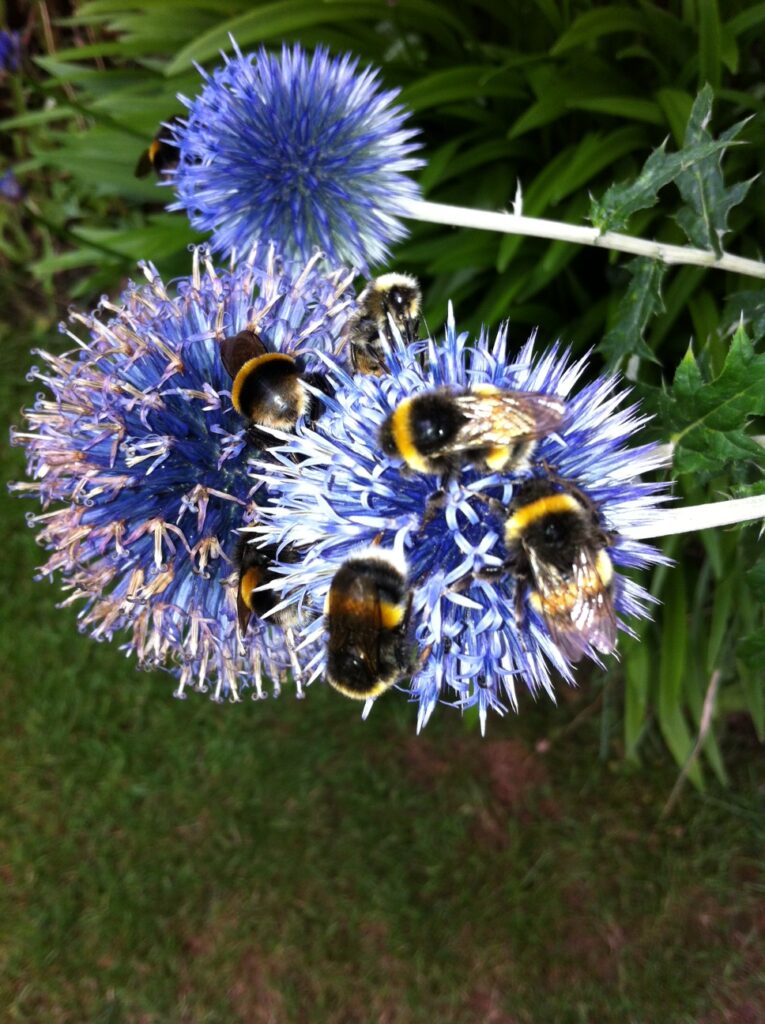Dear Integral Meditators,
There are two easy things that you can do to start supporting your meditation practice whilst engaged in your daily life. This weeks article outlines what they are and how you can start implementing them.
I have created another three minute video this week entitled “When is a problem really a problem; the liberating power of perspective” , click the link if you want to have a view!
Yours in the spirit of focused spaciousness,
Toby

Small Focused Mind, Big Open Mind
With meditation two of the essential skills that you are trying to develop are the ability to keep your attention focused on a single object over an extended period of time and the ability to keep your mind relaxed, open and spacious.
For a meditation practice to be effective at this it can be done for as little as ten minutes a day, but it will be many times more effective if you can find ways of supporting the development of these two qualities when you are out of meditation and engaged in daily life. Here are two principles that I use to do this:
- When at work or do my daily tasks I try for at least some of the time to mono-task, and do only one thing at a time. Whilst I am focusing on that one thing I keep my mind present, not thinking about other things. I just relax into the immediacy, simplicity and ‘smallness’ of the task. This type of activity improves my ability to focus my attention singularly and, like a formal meditation it gives rise to a sense of peace and tranquillity that is a side-effect of the focused attention.
- When I am out of doors I make my awareness big, as big at least as the immediate horizon around me, the sky above me and a sense of the large mass of the Earth below me. Of course if I am walking around I have to be aware of things like traffic and basic safety, but within those limitations I make expand my mind into the environment, making it naturally big and spacious. This bigness and spaciousness is very relaxing, but it also helps me to keep perspective, maintain appropriate detachment from the events of my life, and gives rise to a certain sense of mystical communion/relationship with the landscape which I find very rewarding.
At present I have a habit of going for an early evening walk with my daughter which I take as a special time to expand my mind into the surrounding landscape, make it big and spacious and let go of my daily concerns. It is useful to have a specific activity that you do each day that is specifically focused on making your mind spacious in this way.
So there you go, two ways of supporting the development of your meditation practice;
- When at work or doing daily activities spend at least some time mono-tasking
- When outside relax your awareness into the environment, making it big and spacious
© Toby Ouvry 2013, you are welcome to use or share this article, but please cite Toby as the source and include reference to his website www.tobyouvry.com
 Trusting the Random
Trusting the Random 
 No Name (Meditation Spaghetti Western Style)
No Name (Meditation Spaghetti Western Style) Getting Wet in the Rain (Meditation and Images)
Getting Wet in the Rain (Meditation and Images) Is Meditation about Stress Management or About Enlightenment?
Is Meditation about Stress Management or About Enlightenment? 

 Using Your Misfortune to Enhance and Transcend Your Experience of Good Fortune
Using Your Misfortune to Enhance and Transcend Your Experience of Good Fortune